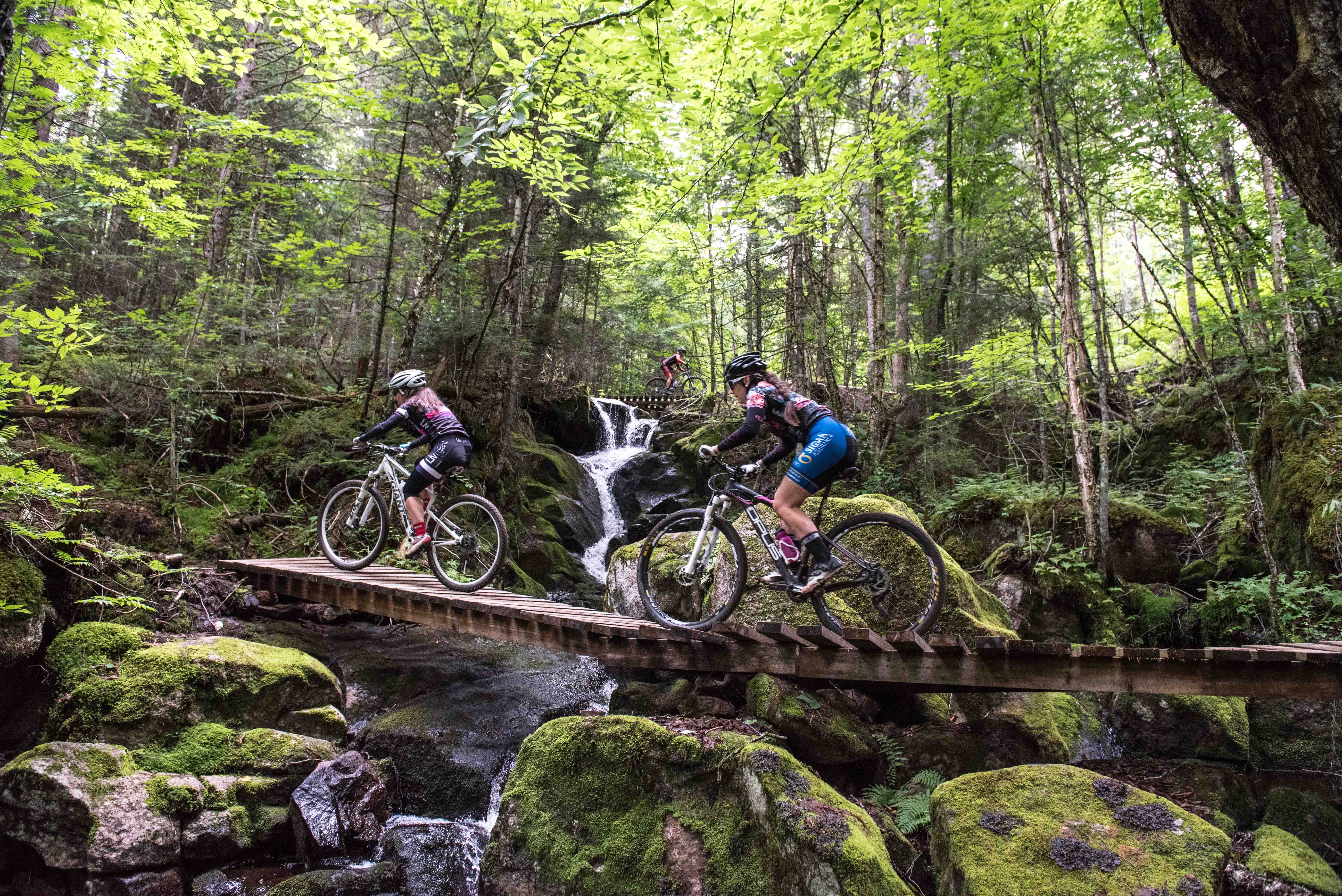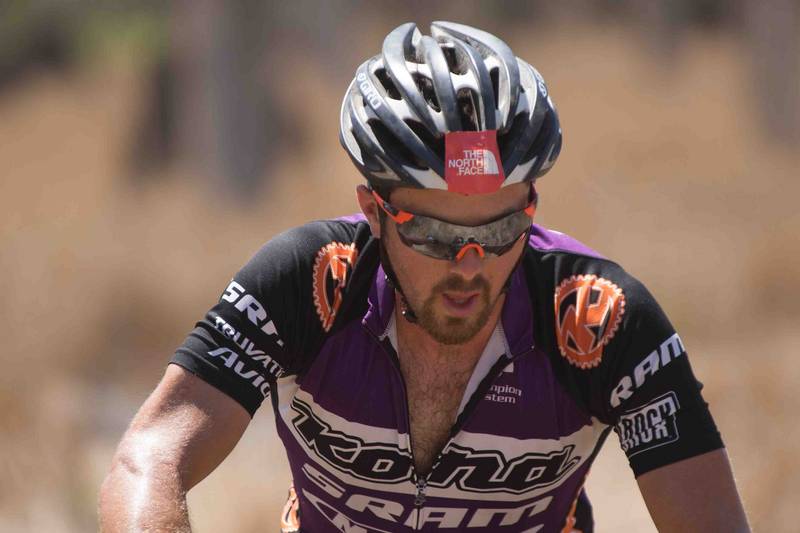What to bring to your mountain bike stage race
For an event like the Quebec Singletrack Experience, you'll need the right gear for both on and off your bike to perform at your best


The final countdown is on to the start of the Quebec Singletrack Experience, a new mountain bike stage race. With just three days before I head for Quebec City, I’ve listed everything I think I will need for the week of racing. I’ve also tapped Cory Wallace, solo 24-hour world champ and mountain bike stage racer for any extra insights he might have that would make an extra difference.
I’ve grouped my packing into two sections. One group of items for in camp, the other for on the bike.
RELATED How to prepare for your mountain bike stage race
On-bike equipment for a mountain bike stage race
On the bike, I’m required by race organizers to carry an array of equipment and supplies. Some of these items are in my hydration pack on nearly every ride I take. Other items are special additions.
I’ll be riding with a 25-l Vaude backpack with hydration sleeve. I’ve had it for a long time, but it’s been bombproof and is very comfortable. Inside, I’ll have a 3-l water reservoir and snacks. I’ll also carry an extra tube, a pump, and my Topeak Hexus II multi-tool. It was called something else when I bought it, and while the name has changed, it’s still my go-to whenever I am working on my bikes, even when my full toolbox is close at hand.
Each day, I’ll also have to carry waterproof matches or a lighter, a jacket, and an emergency blanket. I might also opt for a mini first-aid kit. QSE organizers also recommend a host of other gear, including bug repellent, sunscreen, duct tape, cellphone, and a Swiss Army knife – I’ll pack my Leatherman.
Wallace and I spoke about what he carries during a stage, and it’s much less. But he’s also racing at the pointy end of the field. My priorities are like my experience and fitness – much more modest.
“On the bike, I’ll have one tube, a spare chain link, and two CO2s and a tire lever, and a multi-tool,” said Wallace. “That gives me enough to fix a flat. I’ll always have a gel or two in my back pocket, to fix a cut in a sidewall. Gel wrappers are perfect for that. In Canada, I would take a derailleur hanger as well because you’re riding trail and it can be easy to break a hanger.”
The rules around the QSE require either a pack or some form of back protection, as segments of certain stages will have the downhills timed, and enduro rules will apply.
Off-bike equipment for a mountain bike stage race
Off the bike, the QSE organizers make no specific recommendations for equipment in camp. In this department, the experience of someone like Wallace really helps. “In camps, you don’t know what you’re going to get,” said Wallace. “Having ear plugs and an eye mask can go a long way. And then having my own mattress and pillow really help, too.”
Nightly routines are important for being successful the next morning. Wallace has a routine he employs each night to help him get the best sleep possible.
“I will eat pretty early, at 7–8 p.m. in the evening, and then in the last hour before bed, I’ll try to relax with some buddies.”
Leave your devices off. Plenty of research shows that the blue light emitted from electronic gizmos can disrupt sleep patterns. Wallace puts down his phone and laptop at least an hour before bed.
“In the morning, I like having more sleep than more time to prepare,” said Wallace. “I always go for extra sleep because that’s the best recovery you can get. I’ll set my alarm 90 minutes before the race start.”
From there, it’s lather, rinse, repeat to the final day of racing. It’s important to know what patterns are best for you. While Wallace likes extra sleep in the morning, I tend to benefit from a little extra time for digestion after breakfast. I’ll pay close attention to what my body tells me and adjust as the week goes on.
Follow my progress during the event through the Canadian Cycling Magazine Instagram and Twitter accounts. I’ll be posting daily on my experience at this inaugural event. You’ll be able to see whether my routine is working well or in need of adjustment.
RELATED: Training for a nine-day mountain bike race in 12 weeks

